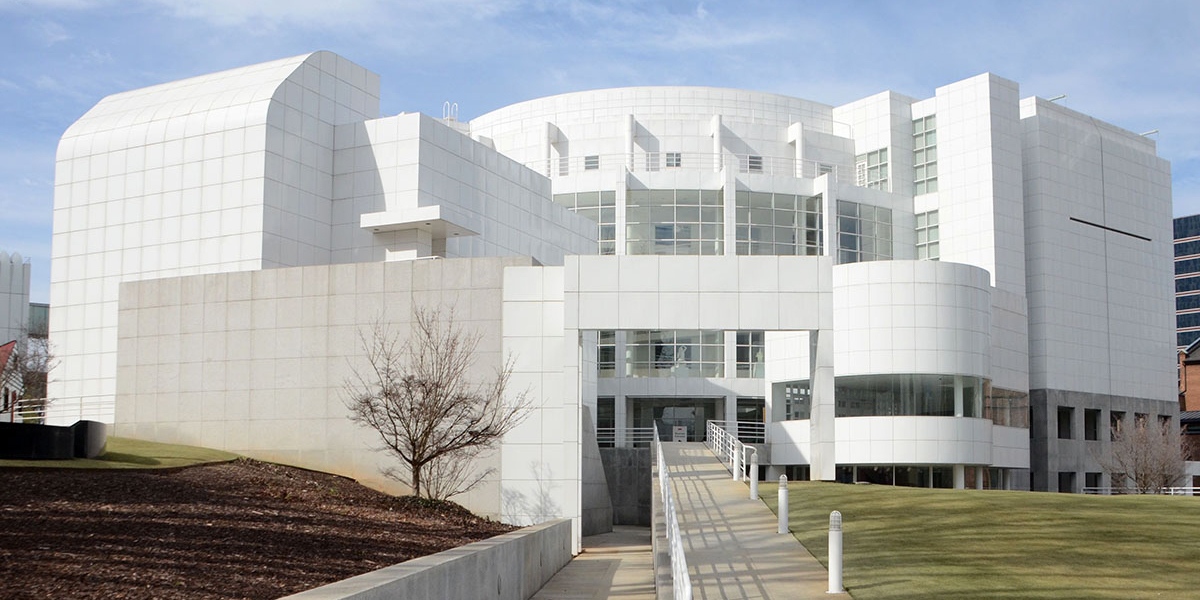This Cultural Olympiad story was produced in partnership with ArtsATL as part of “Atlanta Remembers: The 1996 Olympics,” WABE’s series on the impact of the 1996 Summer Olympics on Atlanta, 20 years later. For more stories, click here.
The 1996 Summer Olympic Games left an enormous mark on the city of Atlanta, seen both in the bustling activity around Centennial Olympic Park and in the demolished or decaying stadiums and venues which pockmark the metro area. But the Games, and their accompanying Cultural Olympiad, had an indelible impact on the visual arts. Atlanta’s largest arts institution, the High Museum, hosted an exhibit called “Rings: Five Passions in World Art” to coincide with the international games. The works in the exhibition celebrated the Olympic spirit by highlighting the universal human emotions of love, anguish, awe, triumph, and joy.
“It was by far the biggest exhibition, the broadest in scope,” said Michael Shapiro, who at the time was the deputy director of the museum, “and perhaps most importantly, in terms of the astonishing quality of the works of art themselves.”
The show was curated by J. Carter Brown, who had recently stepped down as director of the National Gallery of Art and was, as Shapiro put it, “one of the great directorial showmen of 20th century American museums.”
“This was Carter’s great statement,” he said.
Carter’s concept was to parallel the five Olympic rings with the five emotions and to represent those with works of art spanning human history.
The idea, as Shapiro explains, was to show that we are all similar, from all different parts of the world.
Rings consisted of 129 works, and juxtaposed works from European masters such Rembrandt, Titian, Caravaggio, Van Gogh and Picasso, with treasures from around the globe including a Persian manuscript illumination, spirit figures from Polynesia, Japan and Africa, and a Nigerian bronze relief.
The show was a massive undertaking, requiring the museum to de-install most of their collections to make room.
One of the final pieces in the exhibit was Henri Matisse’s “Dance,” which came to the show by way of the Hermitage in St. Petersburg, Russia (as opposed to the version of the work on view at the Museum of Modern Art in New York), and is only seen in the States every 50 years.
Pulling the show together helped the High to build relationships with other institutions around the world, including the Louvre in Paris, which would later notably enter into a years-long partnership to bring works from their collections to Atlanta.
“What it did for us as an institution was to make us realize that we could have greater works of art than we ever imagined here in Atlanta,” Shapiro said, “if we just went out and got them.”






